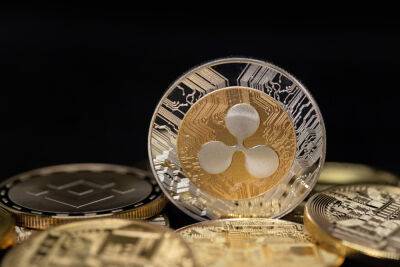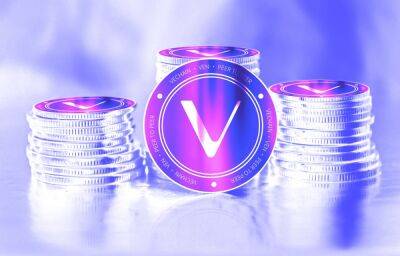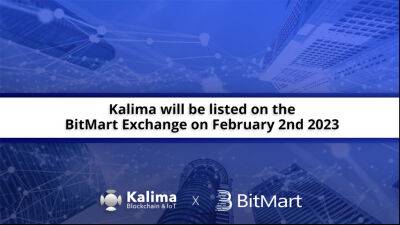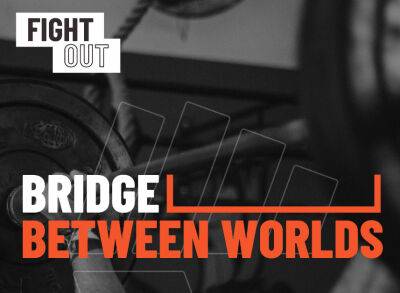What is KLX and how does it work?
Disclaimer: The text below is a press release that is not part of Cryptonews.com editorial content.
Kalima Blockchain is a layer 1 third generation blockchain for IoT (Internet of Things) and enterprises. It’s a rapidly expanding ecosystem which enables enterprises, developers, and startups to build the future of Web3.0, Enterprise, and Data Governance applications, specifically with IoT data, to solve real-world problems.
The KLX is the native utility token of the Kalima Network. The role of the KLX token is to maintain, secure, and operate the Kalima network. It can be used to hold, send, spend, stake, build dApps on the Blockchain, pay transaction fees, and acquire nodes. KLX stakers will secure the entire network and earn rewards proportionally to the amount of KLX they have staked.
The KLX has a limited max supply of 480,000,000,000 KLX. The max supply will never be modified by the Kalima DAO.
In addition, a "halving" mechanism will reduce KLX emissions with, for each new issue of 16,000,000,000 KLX, a halving of the validation reward. The Kalima Foundation will also be able to "burn" KLX. The supply of KLX will therefore be reduced over time to control inflation, avoiding dilution for KLX stakers.
The initial KLX supply release curve below shows an estimate of the liberated amount of tokens (in yellow), corresponding to the foundation’s tokens, staked tokens, and circulating tokens. The circulating KLX (in gray), corresponds to the liquid KLX available on the market. These curves are based on a staking hypothesis estimating a release of 80% of all KLX, and highlight the effectiveness of the mechanisms implemented.
The initial distribution of the KLX is as follows:
The tokens allocated to the reserve are considered
Read more on cryptonews.com



![VeChain [VET] registers exponential growth, but is a reversal underway? - ambcrypto.com - China - city Santiment](https://gocryptonft.com/storage/thumbs_400/img/2023/2/21/89186_7gnsd.jpg)















